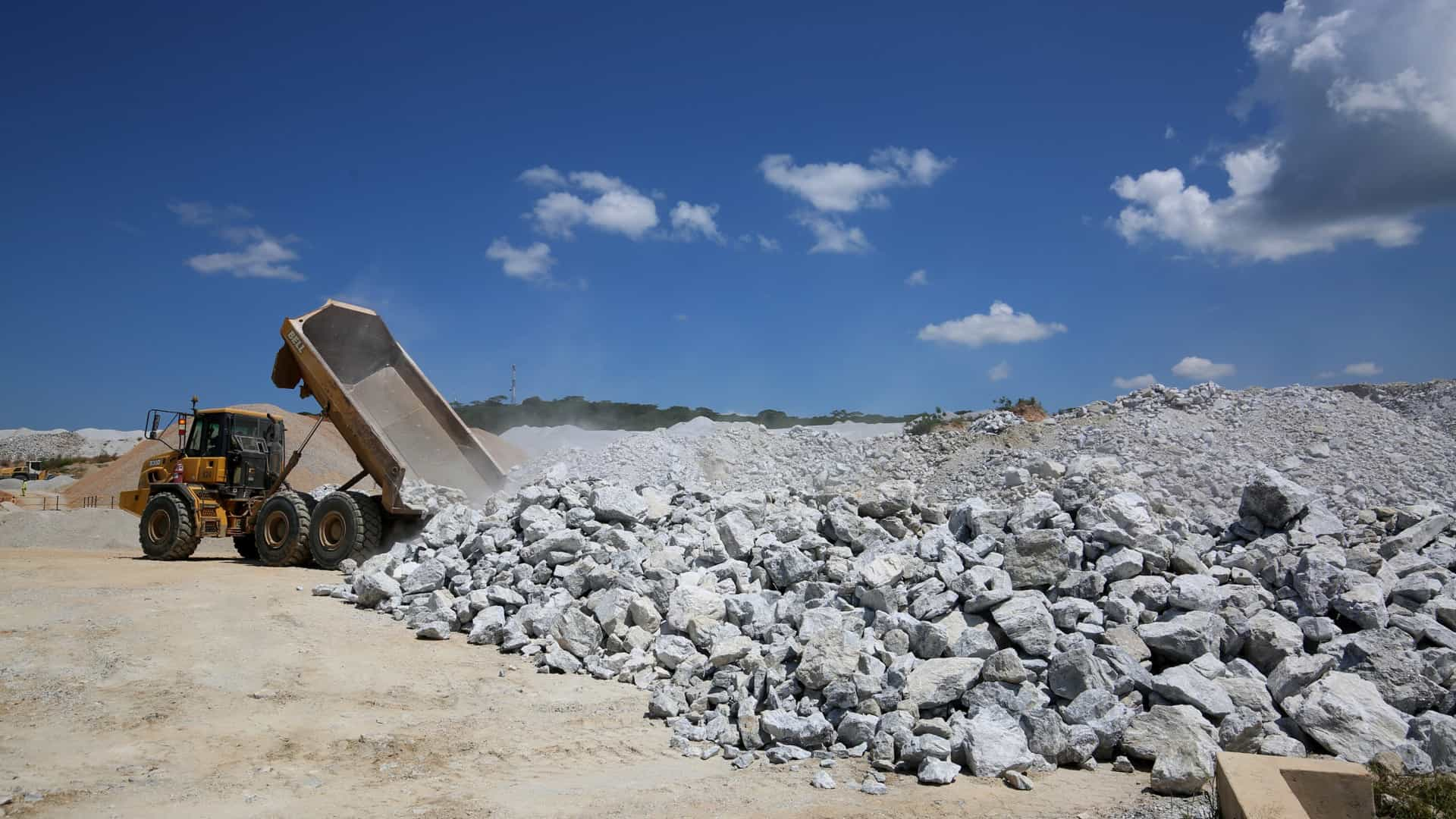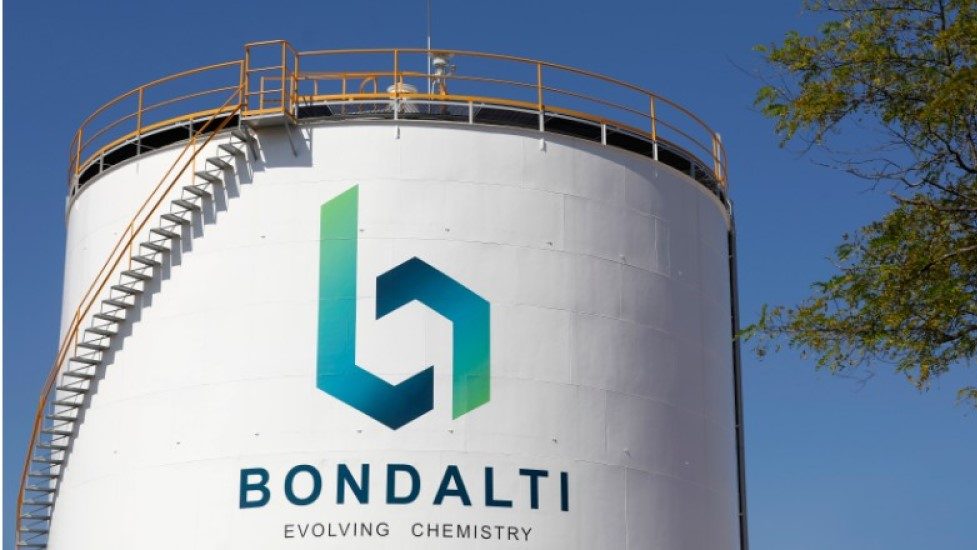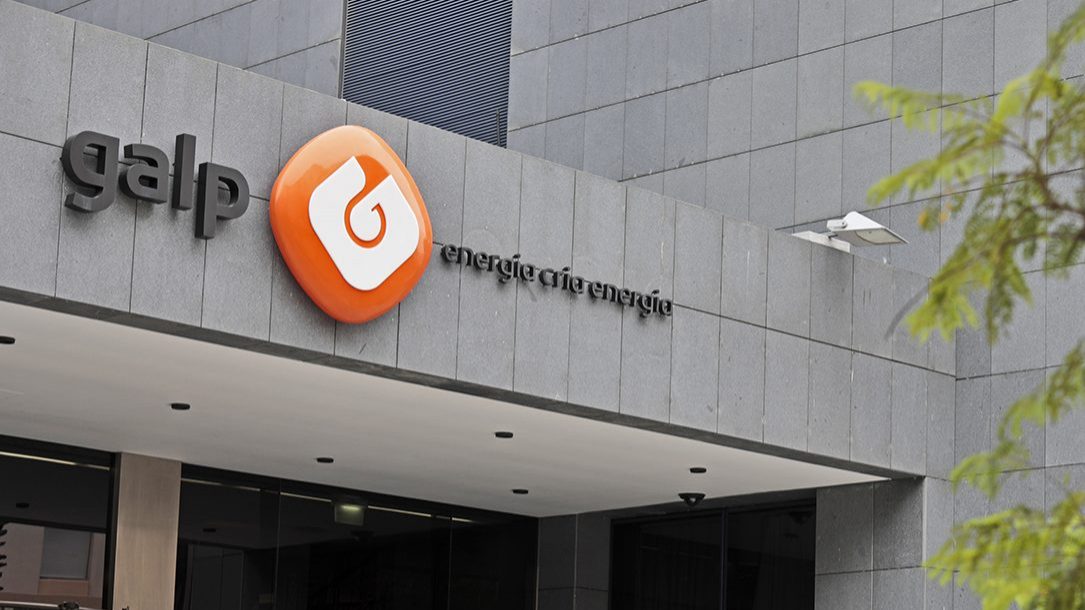Montalegre lithium mine to include transformation centre
The mine that Lusorecursos Portugal Lithium wants to operate in Montalegre, near Vila Real, will be open for public consultation for 30 working days. Between February 14 and March 25.
The Environmental Impact Assessment (EIA) of the “Romano” lithium mine in the municipality of Montalegre provides for mixed open-cast and underground mining, as well as the construction of a hydrometallurgical plant for processing the ore.
The EIS of the mine that Lusorecursos Portugal Lithium wants to operate in Montalegre, near Vila Real, will be open for public consultation for 30 working days, between this Monday (February 14) and March 25.
In the project “Exploration of Lithium and Associated Mineral Deposits – Romano”, seen on Monday by Lusa, a mining area is planned, where the raw ore extraction operations will take place and the deposition of sterile material, as well as the construction of a complex, where the raw ore will be transformed, concentrated and converted into high purity lithium hydroxide.
“The fact that the project is not only limited to the extraction of lithium-rich ore but also its recovery through on-site transformation into lithium hydroxide will allow the planned investment, in the order of €650 million, to translate into added value for local populations in terms of job creation and development of economic activities in the region,” the EIS said.
The study points to a “mixed solution” for the exploration method in which open-cast mining will be carried out in an area covering the central zone of the former mining area of Beça, of about 30 hectares, followed by underground mining, which will use explosives.
The industrial facilities and the underground mining will operate continuously (24 hours a day, seven days a week). At the same time, the open cast extraction process and transport will take place on weekdays between 07h00 am and 7h00 pm.
During the implementation phase of the mine, 100 workers are expected to be present. In comparison, in the operation phase, 376 direct workers are expected, distributed between the extraction process (85), industrial process (205) and other activities (86). The EIA points out the creation of more indirect jobs.
As for the impacts, the study says that “they are mainly determined by the changes introduced in the territory with the operation of the mine and construction of all associated infrastructure, by the movement of vehicles and machinery and also by the lithium ore refining process.
“In addition, they are also determined by the benefits that justify the project, namely the exploitation of a strategic resource in the current energy transition and consequent fight against climate change and its harmful effects, and the investment in the regional and national economy and employability. The impacts may thus be positive or negative and assume different importance in the project phases of the undertaking”, he points out.
Negative impacts are listed in terms of local emissions of atmospheric pollutants, in the increase of noise in the area, in the indirect effects of deforestation, of underground water resources, in the loss of habitats and disturbance to fauna and flora, especially to the Iberian wolf, and, in terms of human health, the “potential negative impacts derive from increased noise, vibrations and atmospheric pollutants”.
To guarantee a positive balance of the project, minimisation measures are foreseen, which include the implementation of environmental and landscape recovery plans, monitoring (surface and underground water resources, noise environment, vibrations, air quality, soils, bats and the Iberian wolf) and, finally, decommissioning and environmental recovery.
In socio-economic terms, the measures “involve the development of a policy and partnerships with local entities to maximise the positive effects of the project at the local and regional level, namely in terms of employment, vocational training and boosting the business fabric”.
Four project alternatives were studied, resulting from the combination of solutions for the location of the tailings deposit and the complex. The EIA concluded that “the project presents environmental viability”.
The expected life span of the mining operation is 13 years, and the industrial facilities are expected to have a minimum life span of 20 years.
The project proponent is Lusorecursos Portugal Lithium S.A., the entity responsible for licensing is the Directorate-General for Energy and Geology (DGEG), and the entity for Environmental Impact Assessment is the Portuguese Environment Agency (APA).
The studies developed under the EIA began in November 2017 and ended in August 2021.
The project for the lithium mine that the company Lusorecursos wants to explore in Montalegre has been shrouded in controversy, and four EIAs were submitted, the process is now in the Environmental Impact Assessment (EIA) phase. The concession contract was signed on 28 March 2019.
In April last year, the Minister of the Environment and Climate Action, João Pedro Matos Fernandes, accused the “promoter of a lack of professionalism given the technical shortcomings of the EIA presented and, he pointed out, “even that it would be doubtful for the project to go ahead”.


